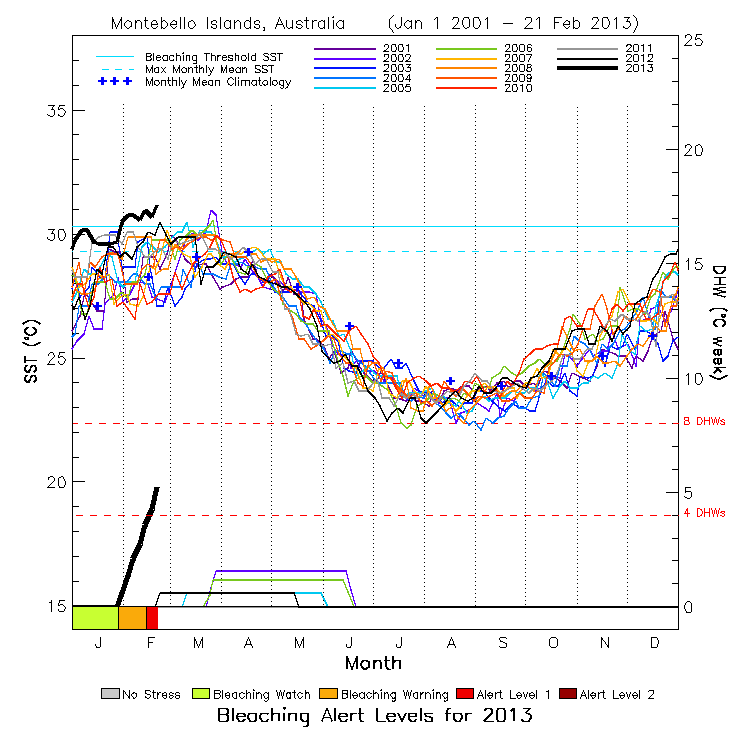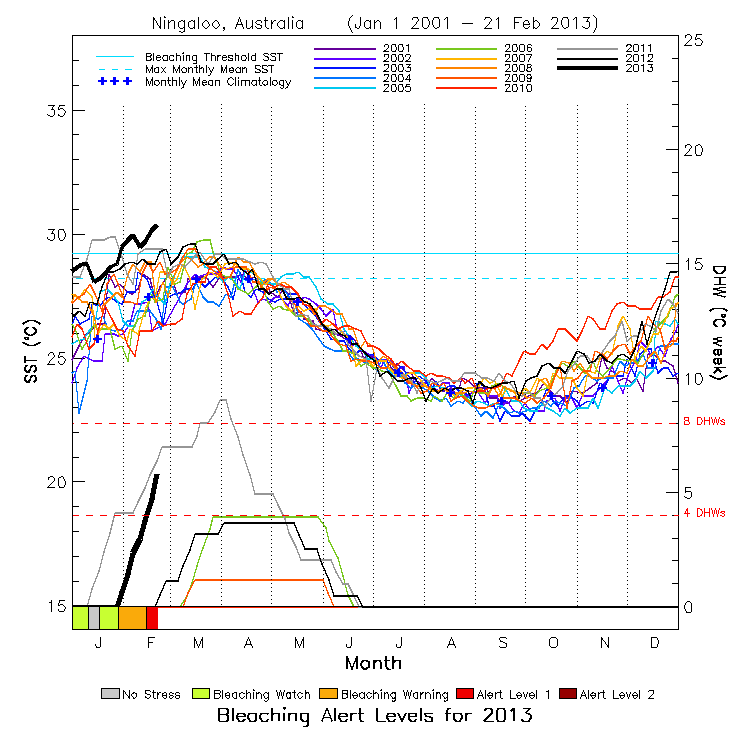Coral Bleaching Thermal Stress Analysis (December 2012-February 2013) and
Seasonal Guidance through April 2013
(Released February 22, 2013)
Table of contents:
Eastern Indian Ocean
Current conditions:
NOAA Coral Reef Watch (CRW)
satellite monitoring indicates that thermal stress
continues to develop in the eastern Indian Ocean, especially along the western
coast of Australia (Fig. 1). Bleaching thermal stress
(HotSpots > 0) appeared
in the northern portion of the region in late December 2012 and has since
intensified and extended southward. CRW's
Degree Heating Weeks (DHW), which monitors
cumulative effects of intensity and duration of the instantaneous thermal stress
measured by CRW's Coral
Bleaching HotSpots product, started to accumulate in a
large portion of the southern Indian Ocean in late January 2013 and continues to
increase. In fact, the thermal stress reached
Alert Level 1 (a level at which
widespread bleaching is expected) at many locations during the past several days.
Local scientists and coral reef managers have already reported bleaching off the
northwestern coast of Australia, including at Scott Reef, Seringapatam Reef, the
Dampier Archipelago, Montebello Islands, and the Southern Shoals of Barrow Island.
Although the rate of SST increase in the
region is declining (Fig. 2), as the austral summer progresses towards its peak
time in March-April 2013, thermal stress is still expected to accumulate further.
Satellite
SST time series data at CRW's
Virtual Stations indicate that the SST
in vast portions of this region has exceeded the highest value observed during
this time of year since CRW started to document SST data in 2000 (Fig. 3).
Bleaching thermal stress outlook:
NOAA CRW's Climate Forecast
System (CFS)-based probabilistic seasonal outlook indicates
at least a 60% chance that thermal stress will continue to develop through
March and into April 2013, with a potential
Alert Level 2 (widespread
significant bleaching with mortality) along much of the west coast of Australia.
The epicenter of the Alert Level 2 will probably occur in the northern portion
of this area (Fig. 4). CRW's
Linear Inverse Model (LIM)-based
statistical seasonal outlook also predicts similar bleaching thermal stress
for the region (Fig. 5).
Note that the Tropical
Cyclone Three Day Outlook for the Western Region issued
by the Australian Bureau of Meteorology (BoM) on
22 February 2013
(Western Standard Time (WST)) forecasts that a weak low pressure located in the monsoon
trough near 13S 122E at midday WST, about 500 km north of Broome, will become
a tropical cyclone on 24 February (WST). This system has a significant potential
to become a severe tropical cyclone, impacting the Pilbara or West Kimberley
early next week, and may bring relief to coral bleaching thermal stress in the
region.
It is critical to closely monitor CRW's satellite observations and outlooks,
along with local weather forecasts, over the next few weeks for any change in
thermal stress conditions. Since exceptionally high SSTs have already been
observed in the region, if a mass coral bleaching event occurs in the coming
weeks, it will likely be of historical proportion.
Western Indian Ocean:
Current conditions:
Coral bleaching thermal stress has been observed by CRW's satellite monitoring
products along the southwest coast of Madagascar since mid-December 2012
(Fig. 1). DHW values between 4 and 8 °C-weeks have been recorded, and a
bleaching Alert Level 1
was reached in late January 2013. Bleaching also has
been reported by local managers in this region. While the thermal stress has
now subsided along the southwest coast of Madagascar, it has moved northward,
and temperatures continue to increase along the northwest coast of Madagascar
(Fig. 2). Fig. 2 also indicates that persistent cloud (marked in white on the
map) appeared around Madagascar in the past few days. This is associated with
tropical cyclone Haruna, which formed in the middle of the Mozambique Channel
on 19 February, 2013 (UTC). The cyclone intensified, moved southeast, and made
landfall on 22 February (UTC) near Manombo, Madagascar. It is expected to exit
the southeastern side of the island. Persistent cloud, gusty winds, heavy
rainfall, and rough surf associated with the cyclone significantly reduced the
thermal stress that could have worsened the bleaching event in the region.
Bleaching thermal stress outlook:
NOAA CRW's CFS-based
seasonal outlook indicates a 60% chance of bleaching thermal
stress at Alert Level 1 along a portion of the
northern coast of Madagascar,
Mauritius and Tromelin Island to the east, and the Glorioso Islands and Mayotte
to the west, in late March 2013 (Fig. 4). Meanwhile, CRW's
LIM-based seasonal outlook
predicts only low levels of thermal stress in these areas (Fig. 5).
Near-real-time satellite observations during the coming weeks (late February
and early March 2013), coupled with the bleaching outlooks issued during that
time, will give us a better picture of what may happen in the region; so,
please continue to visit the CRW website for updates.
CRW's current satellite and modeled products can be found at:
CRW's Four-Month Coral Bleaching Thermal Stress Outlooks can be found at:
CRW's 5-km satellite Regional Virtual Stations can be found at:
To sign up for automated bleaching alerts for the 5-km Regional Virtual Stations, visit:
CRW's 50-km satellite Virtual Stations can be found at:
Please report bleaching events (or non-events) at:
Disclaimer
The content posted on this web page solely represents the opinions of the
authors and does not constitute a statement of policy, decision, or position
on behalf of NOAA or the US Government.
The appearance of external links on this World Wide Web site does not
constitute endorsement by the Department of Commerce/National Oceanic and
Atmospheric Administration of external Web sites or the information, products
or services contained therein. For other than authorized activities, the
Department of Commerce/NOAA does not exercise any editorial control over the
information you may find at these locations. These links are provided
consistent with the stated purpose of this Department of Commerce/NOAA Web
site.
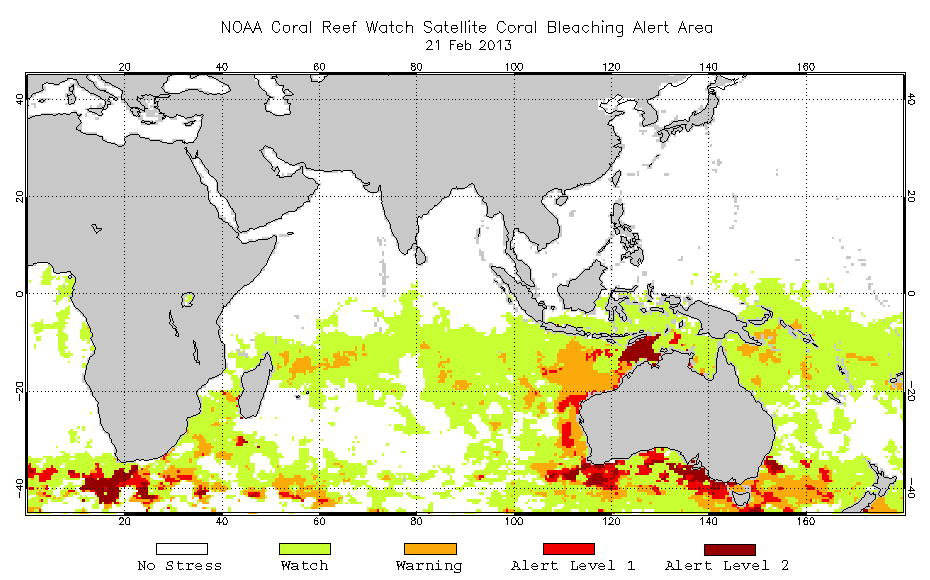
Figure 1. NOAA's Coral Bleaching Thermal Stress Alert Area -- February 21, 2013.

Figure 2. NOAA's short-term sea surface temperature trend over the past 21 days, as of February 21, 2013.
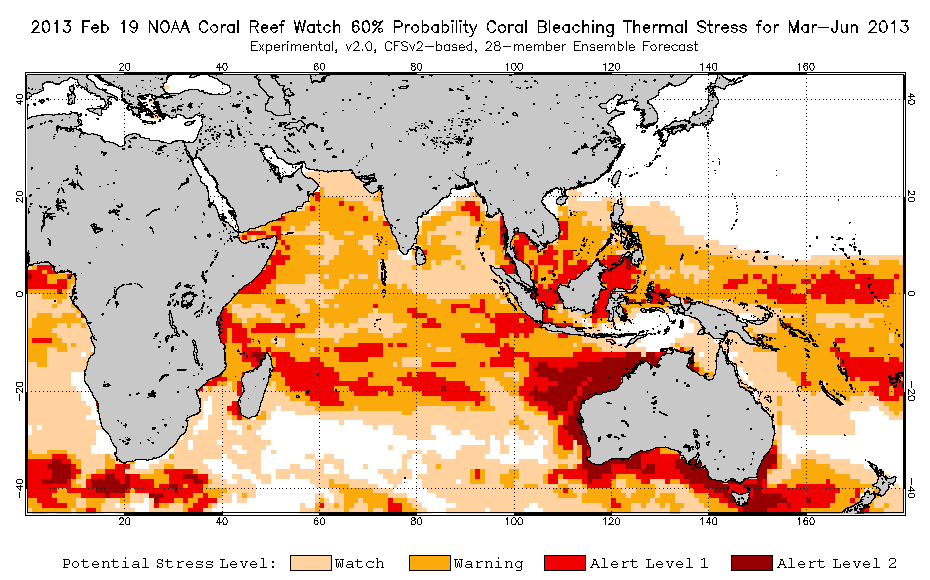
Figure 4. CFS-based probabilistic Seasonal Coral Bleaching Thermal Stress
Outlook for March-June 2013 (60% probability), issued February 19, 2013.
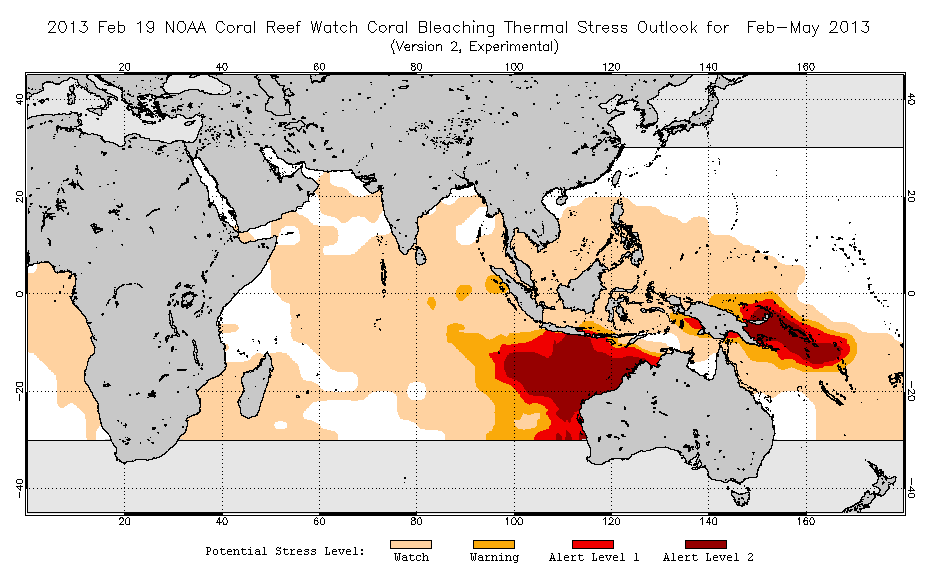
Figure 5. LIM-based statistical Seasonal Coral Bleaching Thermal Stress
Outlook for March-June 2013, issued February 19, 2013.
https://coralreefwatch.noaa.gov/satellite/index.php
https://coralreefwatch.noaa.gov/satellite/bleachingoutlook_cfs/outlook_cfs.php
https://coralreefwatch.noaa.gov/vs/index.php
http://coralreefwatch-satops.noaa.gov/VS/virtual_station_alerts.html
https://coralreefwatch.noaa.gov/satellite/vs.php
https://coralreefwatch.noaa.gov/satellite/research/coral_bleaching_report.php

